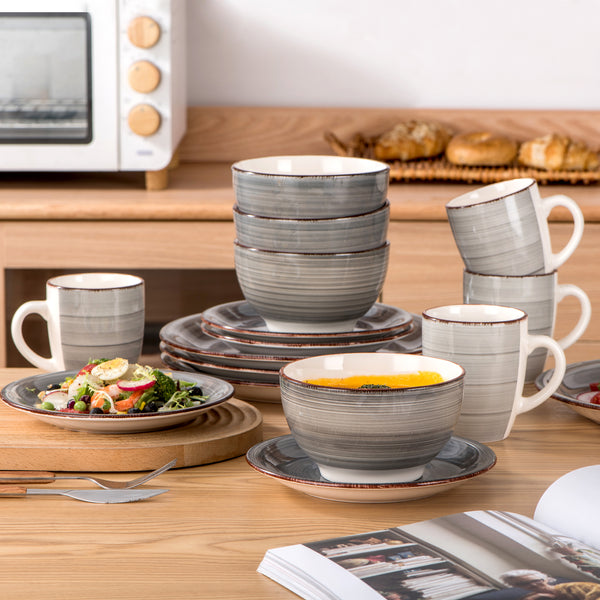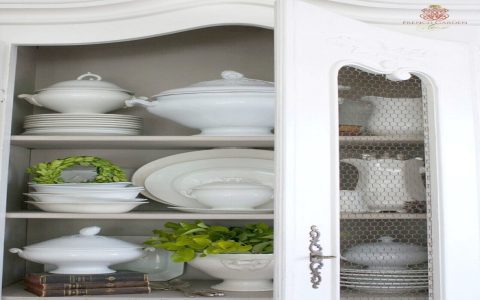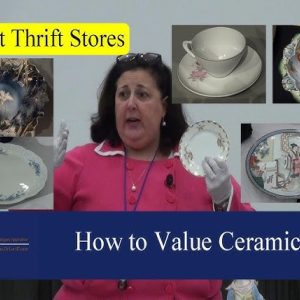Old stoneware bowls are utilitarian ceramic vessels prized for their durability and historical significance. Fired at high temperatures (typically between 1200°C and 1300°C or 2190°F and 2370°F), stoneware becomes vitrified, resulting in a dense, non-porous body resistant to chipping and liquids, even without a glaze.
Key Characteristics of Old Stoneware Bowls
Understanding these features helps in identifying and appreciating antique and vintage stoneware bowls:
- Material: Composed of fine-grained clay, often with added sand or grog for strength. The fired body is typically grey, buff, tan, or reddish-brown, depending on the clay and firing conditions.
- Weight and Density: Old stoneware bowls are characteristically heavy and robust due to the dense nature of the clay body.
- Glazes: Common glazes include:
- Salt Glaze: Achieved by throwing common salt into the kiln at high temperatures, resulting in a characteristic "orange peel" texture and often a glossy, slightly irregular surface. Colors range from grey to brown.
- Albany Slip: A natural clay found near Albany, New York, which melts into a rich, dark brown glaze. Widely used in American stoneware.
- Bristol Glaze: A smooth, white, opaque glaze developed in England, later adopted in America. It provided a cleaner surface for food preparation and storage.
- Forms and Utility: Bowls were made in various sizes for mixing, food preparation, storage (e.g., butter, pickles), and sometimes serving. Forms are generally simple and functional, often with a thick rim and a stable base.
- Decoration: While many old stoneware bowls are plain, decoration can include:
- Cobalt blue oxide painted or slip-trailed designs (floral, faunal, abstract).
- Incised or impressed patterns.
- Applied medallions or maker's marks.
Identifying Features and Age Indicators
Several clues can help ascertain the age and origin of an old stoneware bowl:

- Maker's Marks: Impressed, stamped, or incised marks can indicate the potter or pottery. Researching these marks is crucial for dating and attribution.
- Construction Method: Most older bowls were wheel-thrown, evidenced by throwing rings on the interior. Later examples might show signs of jiggering or jolleying.
- Base Characteristics: The foot ring or base can offer clues. Unglazed bases are common. Signs of wire cutting or specific foot trimming styles can be indicative of a period or maker.
- Glaze Imperfections and Wear: Crazing (fine cracks in the glaze), minor chips, staining, and wear patterns consistent with use can suggest age. Authentic wear is distinct from artificial distressing.
- Clay Body Color and Texture: Experienced collectors can sometimes identify regional clay characteristics.
Care and Value Considerations
Care: Old stoneware is durable but not indestructible. Gentle handwashing with mild detergent is recommended. Avoid sudden temperature changes and abrasive cleaners.
Value: The value of an old stoneware bowl is influenced by several factors:
- Age and Rarity: Earlier pieces and those from less common potteries are often more valuable.
- Condition: Cracks, significant chips, or repairs can detract from value. Minimal wear consistent with age is usually acceptable.
- Decoration: Elaborate or unusual cobalt decoration significantly increases value.
- Maker and Provenance: Bowls from well-known potteries or with documented history command higher prices.
- Size and Form: Unusually large or particularly well-proportioned forms can be more desirable.
Thorough examination and, when possible, expert appraisal are advisable for significant pieces.












